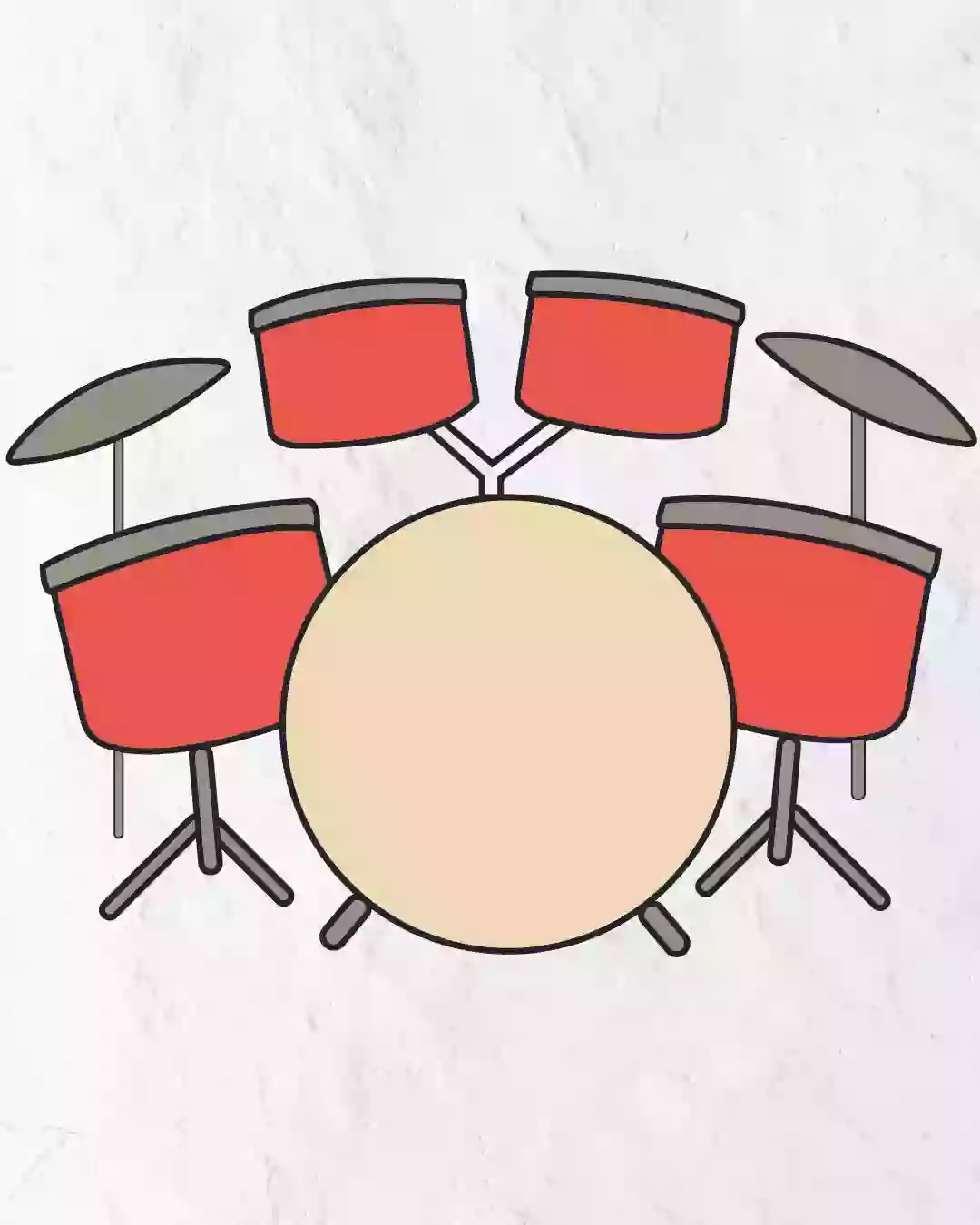Summarize this Article with:
SOS: What Does It Stand For And Why Was It Chosen?

SOS (meaning Save Our Ship) is a distress signal that seafarers have used since 1838. It was initially invented by the British Royal National Lifeboat Institution and adopted as an international standard signalling the need for immediate aid.
SOS is an acronym for three letters: “Save Our Ship.” The combination was chosen because the Morse code only has the letters ‘M’ through ‘W,’ so the SOS sequence seemed to be an excellent fit. As time went on, it became more critical that the signal be heard from a relatively long distance away–that’s why the letters are capitalized.
In Berlin in 1906, participants sought to develop a worldwide standard distress call at the International Wireless Telegraph Convention. The “-.-.–.–..” and “………-..-..-..” (“SSSDDD”) presented by Marconi at a previous meeting were judged too complicated. On the other hand, Germany’s “…—…” could be conveyed swiftly and efficiently and was challenging to misread. It was chosen as the international distress signal for the nations present at the meeting, and it became operational on July 1, 1908.
What Does SOS Stand For, And Why Was It Chosen?
SOS is an acronym that stands for Save Our Ship. It was chosen as the emergency signal because it is a shortened form of “save our ship and crew.” SOS is often used when there is a problem with a vessel, and everyone needs to be aware of it.
There are many reasons why SOS was chosen as the global signal for help. First and foremost, it is easily recognizable and understood by people from all over the world. Additionally, because it is a standard signalling code, it can be used to communicate with any ship or marine vessel in distress. Finally, SOS is an internationally recognized distress signal that can be used to summon assistance from other vessels or stations worldwide.
History and Origin of the SOS, why was the SOS chosen as a distress signal?
The SOS signal was first chosen in 1865 as the international distress signal. The code for the SOS signal is “SOS.” The SOS signal was selected as a global distress signal because people worldwide easily understand it.
The SOS signal was chosen as an international distress signal because of the many countries with maritime flags. If a country did not have a naval flag, it would need to make its distress signal. It is also important to note that this code was chosen because it is easy to remember and has no language barrier when used correctly. What does the SOS look like? The SOS code consists of an evenly spaced series of three letters followed by three numbers. The first letter indicates the alphabet, with lower case letters A through G being shown at the beginning of each series, followed by U and N for upper case letters U and N, respectively, followed by four zeros. Here is how the code looks:
SOS: 034556+ABCD The three letters in the first series are permanently assigned to one of these letter groups: A – B – C
The three numbers in each series indicate the times they should be used. The highest number is 3, and the lowest is 1. Thus, 5 possible combinations indicate a distress code. To make things easier, code 3245 is the same as code 3456, with just one additional zero at the end. This code can then be read as “SOS”.
Is SOS a Morse Code, and What Do the Letters Mean?
SOS is an emergency signal in Morse code. The letters of the code stand for “save our ship.” SOS was chosen as a distress signal because it is easy to remember and transmit over long distances. Because of the ease with which it can be transmitted, SOS is a relatively recent addition to radio traffic and does not appear in the earliest maritime radio logs. On October 12, 1929 (just before the start of Radio Week), a Coast Guard–Marine rescue vessel spotted “Lusitania”, an American offered cargo ship, off Cape Hatteras, North Carolina. The captain ordered his distress signal (in Morse code) to be flashed four times and heard by several fishing boats. At first, it was thought that “Lusitania” had been sunk by a German submarine, but an investigation revealed that she had been taking on water at sea. She was later scuttled by sailors who believed they would face execution unless they complied.
Several radio operators and ships’ owners, however, continued to use the distress signal throughout 1929. The International Radio Consultative Committee (IRC) began developing international regulations for maritime distress signals in 1931, but these regulations were not fully implemented globally until 1932.
How to write it in Morse Code
The S.O.S. or distress signal is a simple Morse code symbol that can be used to send a message to someone in need. The signal is composed of three dots, three dashes and three dots. The idea behind the signal is that if someone sees the signal and can understand it, they can help by sending aid to the person who sent it.
The S.O.S. was first developed in 1777 by Samuel Morse and was designed to be easy to remember and use, even if someone was using it to send short messages without having to write them down. Today, most distress signals use the International Code of Signals, which is more complicated but fairly easy for anyone to learn.
Signal Operations and Security (SOS) was chosen as the international distress signal because it is easy to remember and understood by people from many cultures. The code is composed of three calls: “Mayday,” “Help,” and “Oasis.” SOS is also a nonprofit organization that promotes the use of the signal. “…—…” this symbol means SOS in Morse code.
What is Morse code?
Morse code is a system of direct transmission of written symbols over a wire. Samuel Morse developed it in the 18th century and was used popularly in telegraphy, and the Morse code is still in use today, most notably in emergency communications.
Why was Morse code chosen for emergency communications?
Morse code is fast and efficient, making it an ideal choice for urgent messages. It can be easily transmitted over long distances, useful in remote areas or during emergencies. Additionally, Morse code is not subject to interference from other forms of communication.
How to encode and decode the Morse code
How to encode and decode the Morse code: Encoding and decoding audio with Morse code. Ripping a vinyl record is a great way to send messages with the Morse code. The vinyl record has an analogue signal composed of vibrations encoded into a digital binary signal. Ripping a vinyl record is a great way to send messages with the Morse code. The vinyl record has an analogue signal composed of vibrations encoded into a digital binary signal.
The Logic Behind “SOS”
The choice of SOS as a distress signal was based on several factors:
- It is easily recognized internationally.
- It is a multiple-use signal, meaning it can be used for different purposes such as warning, ordering, and requesting help.
- It has a long sound wave which travels over long distances.
How often can you send an SOS signal?
An SOS signal is typically used when a person or boat is struggling and needs help. The term comes from the Greek words “sos”, meaning “save”, and “epsilon”, meaning “a letter.” The letter S is often used to represent an SOS signal.
Hey kids, how much did you like SOS: What Does It Stand For And Why Was It Chosen? Please share your view in the comment box. Also, please share this story with your friends on social media so they can also enjoy it, and for more such stories, please bookmark storiespub.com.
Suggested Article –
- What is the full form of IAS
- What is the full form of NATO?
- What Is The Full Form Of UPSC
- What is the OTT Full Form











